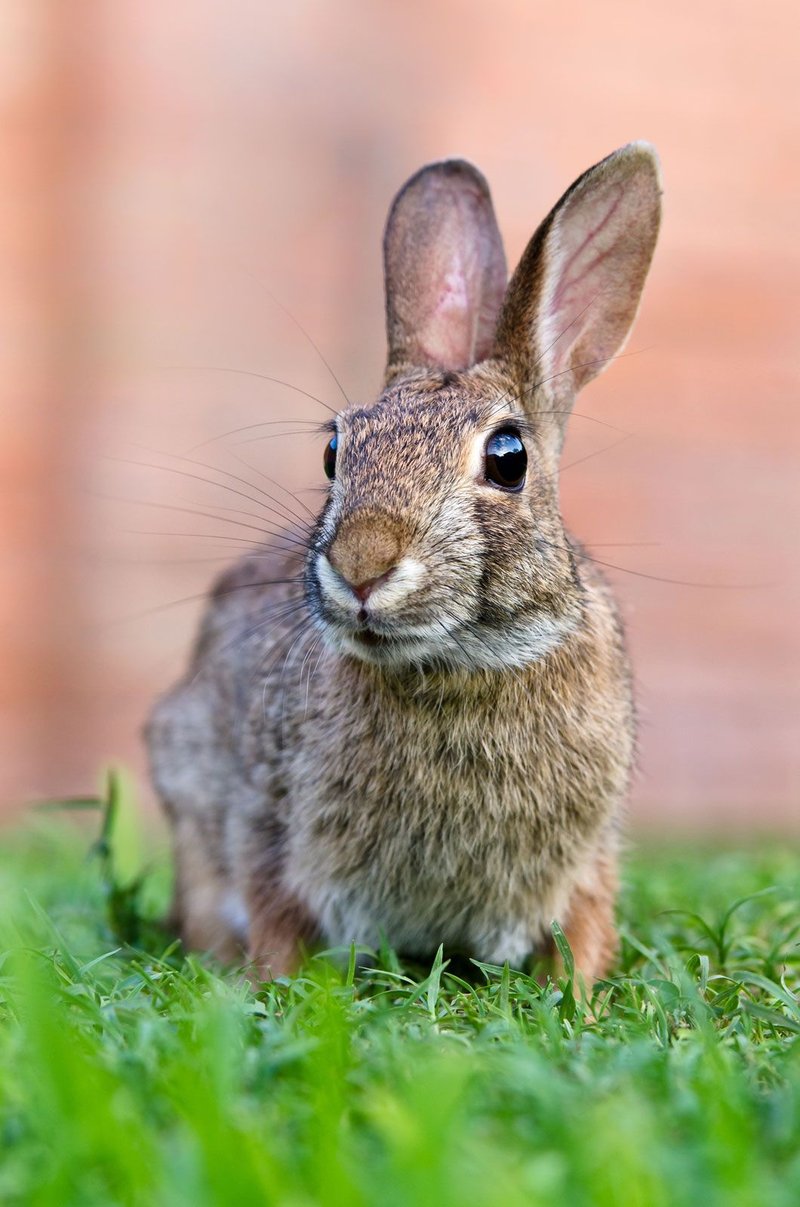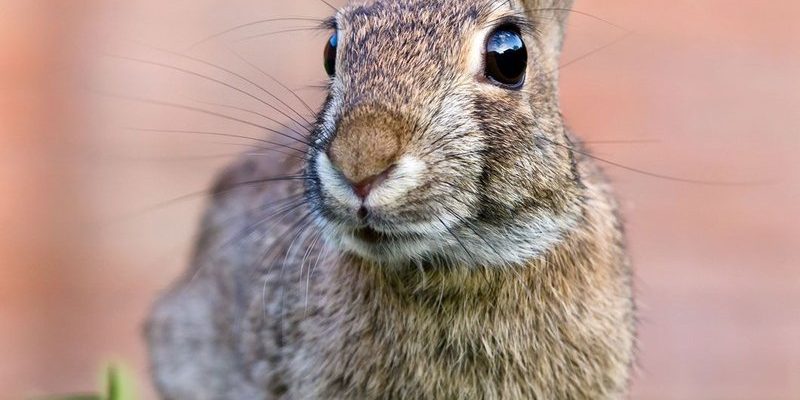
In many cultures, the rabbit symbolizes the cycle of life and renewal. This can be seen in springtime rituals, where they’re often linked to fertility and rebirth. But that’s just scratching the surface. From ancient myths to modern cartoons, rabbits have become part of our storytelling fabric. Let’s hop right into this topic and explore how rabbits have been represented in different cultures and folklore.
The Rabbit in Ancient Mythology
Rabbits have been part of mythological stories for eons. In ancient Egypt, they were often associated with the moon and fertility. You might think of the moon’s cycles reflecting the rabbit’s prolific nature—after all, rabbits can have quite a few babies in a single year! The Egyptian goddess Hesat, often depicted with rabbit features, represented motherhood and fertility.
Traveling over to China, you’ll find the moon rabbit, a creature that’s said to live on the moon. According to legend, the rabbit spends its time making elixirs of immortality. The story is deeply rooted in Chinese culture and even features prominently during the Mid-Autumn Festival, where people celebrate the moon and its related legends.
It’s fascinating how these ancient stories laid the groundwork for how we view rabbits today. They were seen not just as cute animals, but as magical beings with ties to significant aspects of life and nature.
Rabbits as Symbols of Fertility and Abundance
One of the most common representations of rabbits across cultures is their association with fertility and abundance. In many indigenous tribes across North America, rabbits are celebrated as symbols of new life. This is particularly evident in the spring, where fertility rituals often include offerings to rabbits, acknowledging their role in the cycle of life.
In European folklore, the Easter Bunny is a perfect example of this symbolism. Traditionally, the rabbit brings eggs, which also symbolize new beginnings. This connection between eggs and rabbits might seem a bit odd at first, but it makes sense when you consider both represent life and fertility. The Easter Bunny has become a beloved figure in modern celebrations, turning into a fun tradition for families.
These representations of rabbits highlight the universal appreciation for life and renewal. Their rapid reproduction serves as a natural reminder of nature’s rhythm and abundance.
Rabbits in Folktales and Fables
Rabbits have played clever roles in countless folktales and fables. Think of the story of Br’er Rabbit, a tale originating from African American folklore. Br’er Rabbit is known for his quick wit and resourcefulness, often outsmarting larger animals. These stories teach valuable lessons about intelligence overcoming brute strength, a theme that resonates across cultures.
Another famous rabbit is Peter Rabbit, created by Beatrix Potter. His misadventures in Mr. McGregor’s garden are delightful and remind us of the consequences of our choices. Peter Rabbit’s story emphasizes curiosity and the need to navigate challenges, much like a young person learning to make their way in the world.
These stories reflect a deeper truth: rabbits often embody cleverness and resourcefulness, qualities that resonate with many people in different life situations. It’s almost as if these tales remind us that sometimes, thinking on our feet can be more valuable than sheer strength.
Folklore from Around the World
Around the globe, rabbits pop up in various forms of folklore. In Japan, the moon rabbit is a popular figure, often depicted as pounding rice cakes. This idea connects again with themes of crafting and creating, symbolizing hard work and perseverance.
In African folklore, particularly among the San people, the rabbit represents both humor and wisdom. There’s a story about a clever rabbit outsmarting a lion, showcasing how brains can triumph over brawn. This theme of using one’s wits over raw strength is a crucial lesson emphasized in many of their tales.
Even in modern pop culture, rabbits continue to capture our imagination. From the mischievous Bugs Bunny to depictions in children’s books and cartoons, rabbits maintain their status as lovable, relatable characters.
Rabbits in Modern Popular Culture
Rabbits have made quite a mark in modern popular culture, where they’re often used to symbolize more than just cuteness. The iconic character of Bugs Bunny, for instance, isn’t just a rabbit—he’s a savvy, quick-witted trickster who often uses his intelligence to navigate tricky situations. Bugs reflects our admiration for cleverness, reinforcing the old tales of rabbits outsmarting larger foes.
In video games, rabbits often appear as characters with special skills or unique abilities, showcasing their agility and cleverness. Think of characters like Lola Bunny from the *Looney Tunes* franchise, who not only embodies charm but also strength and confidence in her challenges.
Moreover, rabbits are commonly used in marketing and advertising, often representing playfulness and whimsy. They entice customers with their adorable images, making them effective mascots for businesses, especially those targeting families or children.
Rabbits have woven themselves into the fabric of human storytelling for ages, representing a variety of themes that resonate across cultures. From symbols of fertility and abundance to clever tricksters, rabbits have rich and varied meanings that adapt to the context of each story.
So, whether you find rabbits hopping in folklore or appearing in your favorite cartoons, it’s clear that they symbolize more than just cuteness. They remind us of the beauty of life cycles, the power of cleverness, and the importance of being adaptable in the face of challenges. Next time you see a rabbit—real or fictional—consider all the stories they’ve lived, and maybe give a little nod to the magic they bring to our lives.

